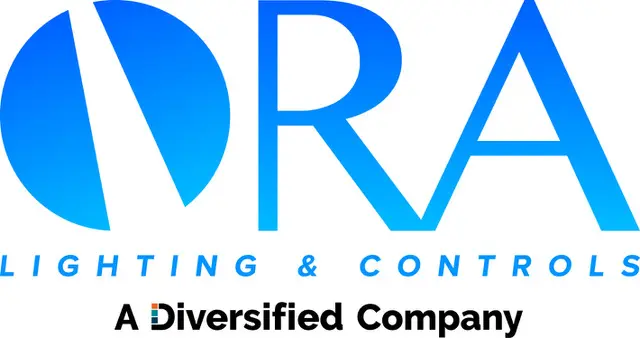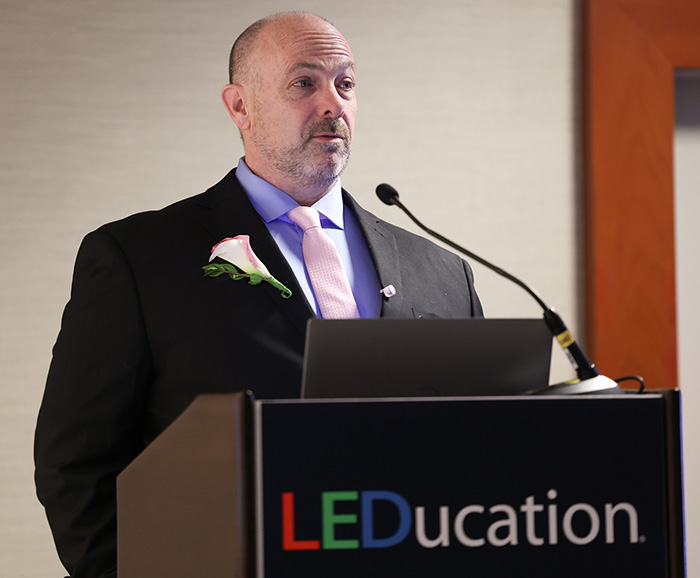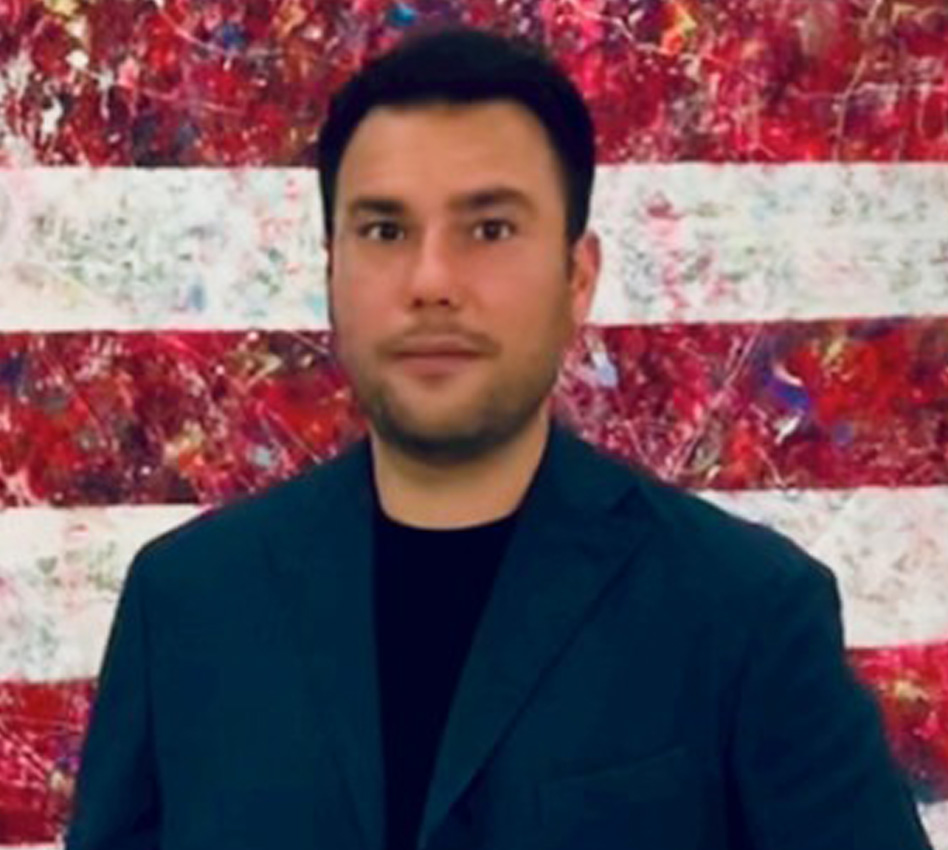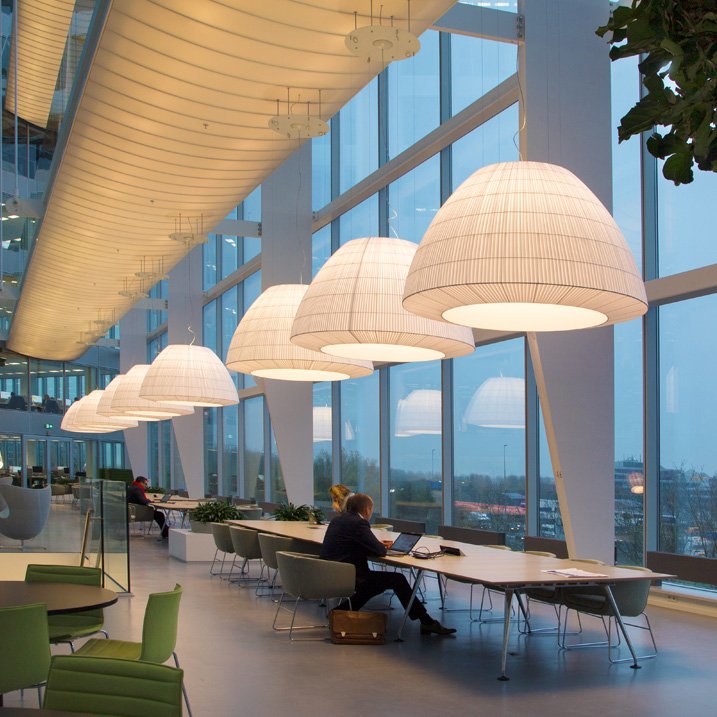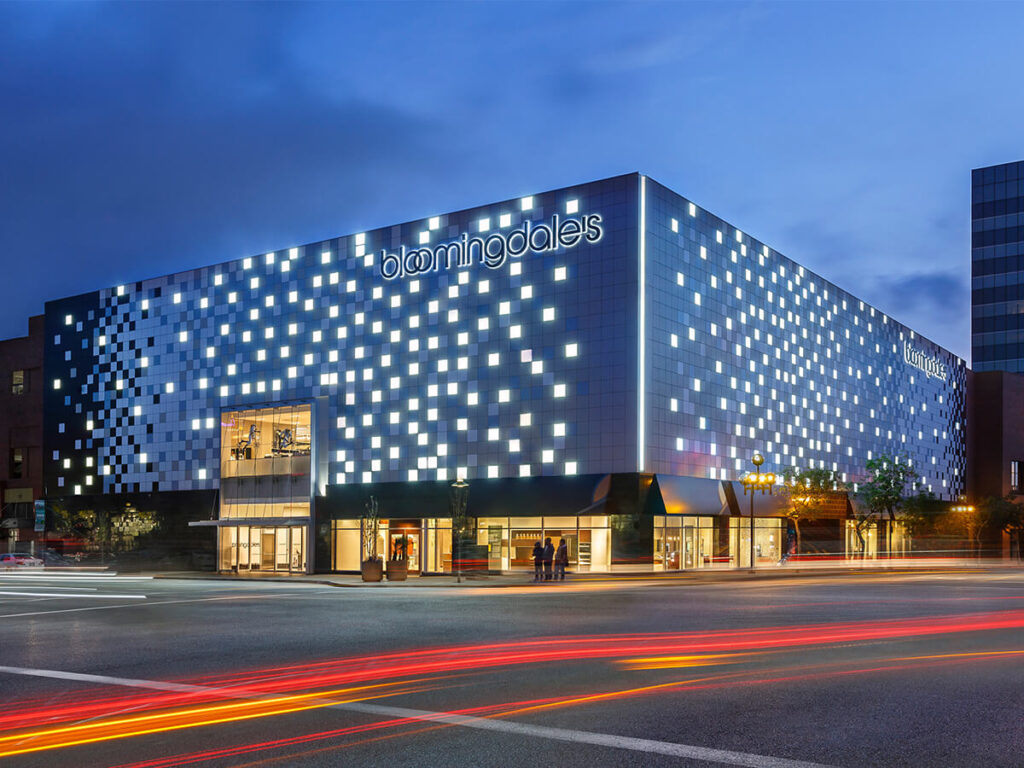CONTINUING EDUCATION
Emergency Egress Lighting and LED Lighting
12:00pm – 1:00pm
All projects need to include lighting along the path of egress, exit pathways and signs illuminating exits out to a safe space. There are specific codes and guidelines required to be adhered to when selecting the components for your emergency lighting. This presentation will cover minimum light level requirements along the path of egress, governing codes and agencies, and the different types of systems and components that can be incorporated into your specific design.
Learning Objectives:
- What constitutes Emergency Egress
- How much light is required for Emergency Egress
- What types of equipment can be used for Emergency Egress
- Who has final authority of all aspects of Emergency Egress

1LU – LU/HSW
Glen Karpinos, ORA
Specification Sales
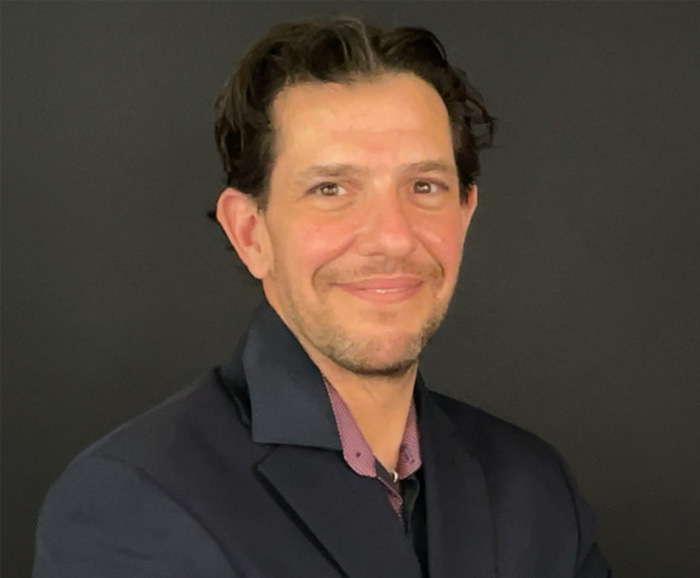
Layers of Light
2:00pm – 3:00pm
This course will discuss the different applications of lighting, and when to identify which layer is being used and why.
Learning Objectives:
- Identify the different types of lighting
- Analyze an application and understand which type of light source to choose to illuminate that space
- Compare the different layers of light and understand their similarities and differences
- Apply the layers of lighting to your design to produce a visually comfortable lighting plan

1LU – LU/HSW
Approaches in Lighting Design for Diversity
6:00pm – 7:00pm
In this presentation, we’ll review different elements of light (e.g. intensity, color rendering, CCT) and how groups perceive those elements differently across age, gender, and ethnicity. Using commercial spaces as a guide, we measure the impact of these disparate perceptions on satisfaction and productivity. Finally, we explore how changes in how we produce lighting environments offer new possibilities to design for diverse workforces.
Learning Objectives:
- Analyze the qualitative elements of light and how different demographics respond to them in different ways
- Understand research showing the impact of lighting on comfort and productivity across age, gender, and ethnicity
- Discuss how lighting fixtures effect neurodiverse individuals, particularly focusing on glare, flicker, and acoustics
- Review methods of designing around offering user-selection as one element of designing for diverse workforces

1LU – LU/HSW
The following presentations are available on demand. They are not being offered on the September 12th event.
Contact us at 212.577.2552 to schedule.
The Economic Impact of
Art & Design In the Workplace
Contact us at 212.577.2552 to schedule.
The office is being disrupted; in response we need disruptive design. We’ll use new research from sociology and psychology to examine the failings of existing office spaces, multi-year surveys that highlight users’ needs and frustrations, and examine flexible space concepts as a solution. We’ll consider what the Well Building Institute says about art and its effects on experience of spaces. We’ll also use case studies to show the economic impact that justifies making art a priority in workplace design. Attendees will gain new ideas for workplace design and, importantly, a new way of talking about the value of their services
Learning Objectives:
- Evaluate economic impacts of design using case studies and new research in workplace design
- Identify deficiencies of existing open office design as they relate to the formation of healthy and productive environments
- Analyze the effects of art and design in the workplace on comfort, satisfaction and productivity
- Describe forces behind the accelerating trend towards flexible spaces, the design goals in their formation, and the impact on users and business operations

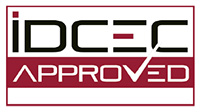
Contact us at 212.577.2552 to schedule.
This continuing education course speaks to new innovative lighting and technological advancements in the lighting industry as well as a foundation in terminology, manufacturing processes and safety code compliancy. This program also incorporates an in-depth exploration of current design trends (including Circadian Rhythm and Color Tuning), LED modules and lighting fixtures and historic precedents while providing lighting and interior designers, architects and engineers an educational experience.
Learning Objectives:
- Define different units of energy used in the lighting industry, their history and lighting terminology.
- Identify six different lighting strategies and how they impact design decisions, occupant wellness and circadian rhythm.
- Examine manufacturing methods for lighting fabrication to UL and ETL standards.
- Explain safety code compliance to lighting standards and required applications.
- Selecting the right type of lighting module and fixture to enhance the project’s performance and design, while reducing energy use.

1LU – HSW
